Table of Contents
Top 10 Pepper Kinds Overview
Pepper varieties range from mild bell peppers to extremely hot Carolina Reapers. Here are the top 10 pepper kinds every cook should know, including their heat levels (Scoville scale), flavor profiles, culinary uses, and storage tips. Whether you're a home cook or a seasoned chef, understanding these pepper varieties will elevate your cooking.
- Bell Peppers: Mild, sweet, versatile (0-100 SHU)
- Jalapeños: Medium heat, smoky flavor (2,500-8,000 SHU)
- Habaneros: Very hot, citrusy (100,000-350,000 SHU)
- Cayenne Pepper: Dried, moderate to high heat (30,000-50,000 SHU)
- Serrano Peppers: Hotter than jalapeños (10,000-23,000 SHU)
- Ghost Pepper: Extremely hot (855,000-1,041,427 SHU)
- Poblano Peppers: Mild, earthy (1,000-2,000 SHU)
- Anaheim Peppers: Mild, versatile (500-2,500 SHU)
- Chipotle Peppers: Smoked jalapeños, moderate heat (2,500-8,000 SHU)
- Thai Chili Peppers: Very hot, tangy (50,000-100,000 SHU)
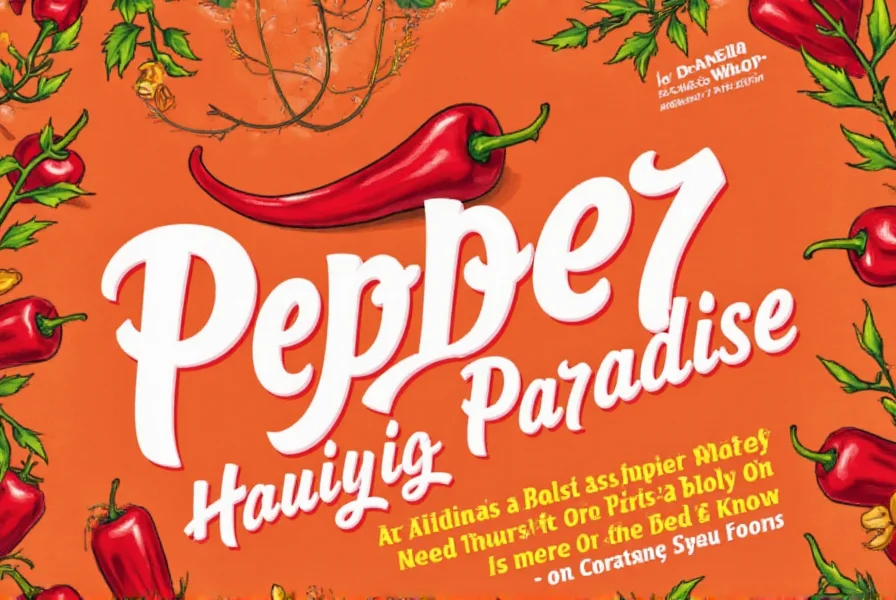
Understanding Pepper Basics
Peppers are classified by heat level, shape, color, and culinary use. The Scoville scale measures capsaicin concentration, ranging from 0 (bell peppers) to over 2.2 million SHU (Carolina Reaper). Key facts:
- Not all peppers are spicy: Bell peppers contain zero capsaicin
- Heat comes from capsaicin concentrated in seeds and membranes
- Environmental factors (soil, climate) affect heat levels
- Drying peppers concentrates flavor and increases perceived heat
Understanding these basics helps you select the right pepper for your recipe and handle them safely.
Detailed Pepper Variety Guide
Bell Peppers
Bell peppers come in green, red, yellow, orange, and purple varieties. They're naturally sweet with crisp texture (0-100 SHU), making them perfect for salads, roasting, and stuffing. Green bell peppers are unripe and slightly bitter, while red/yellow varieties are sweeter and more nutrient-dense. Store in refrigerator crisper drawer for 2-3 weeks.
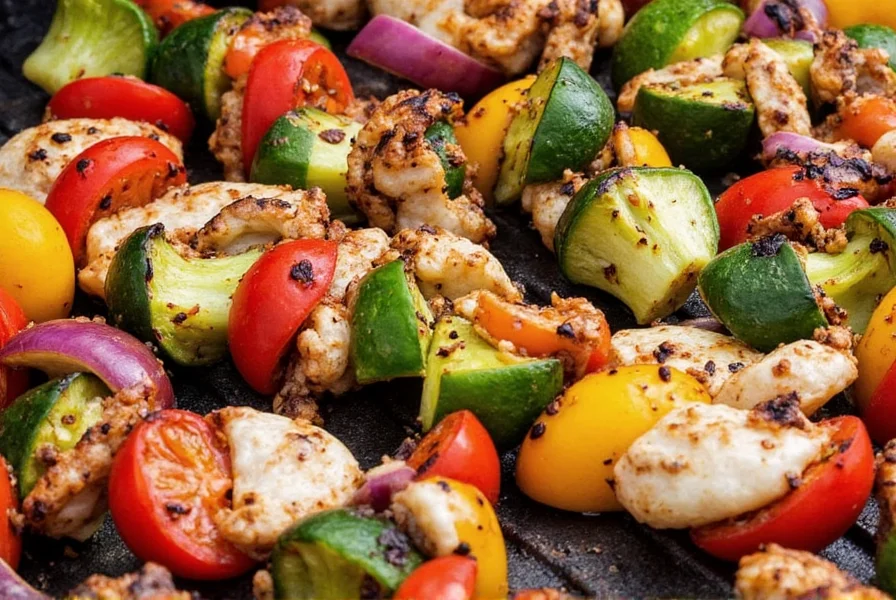
Jalapeños
These small, green peppers (2,500-8,000 SHU) are a Mexican cuisine staple with smoky flavor. Use raw in salsas, pickled for tacos, or roasted for pizza toppings. Remove seeds and membranes to reduce heat. Store fresh in fridge for 1 week or freeze for longer use.
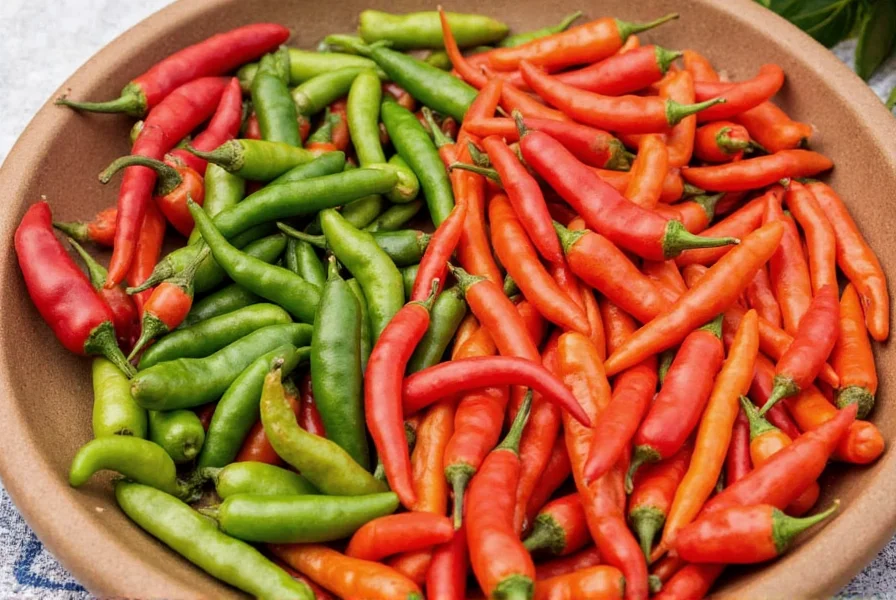
Habaneros
Native to Central America, these bright orange peppers (100,000-350,000 SHU) deliver intense heat with citrusy aroma. Essential for Caribbean hot sauces and jerk seasoning. Always wear gloves when handling. Store in fridge or freeze for long-term use. For beginners: use just 1/4 pepper in recipes.
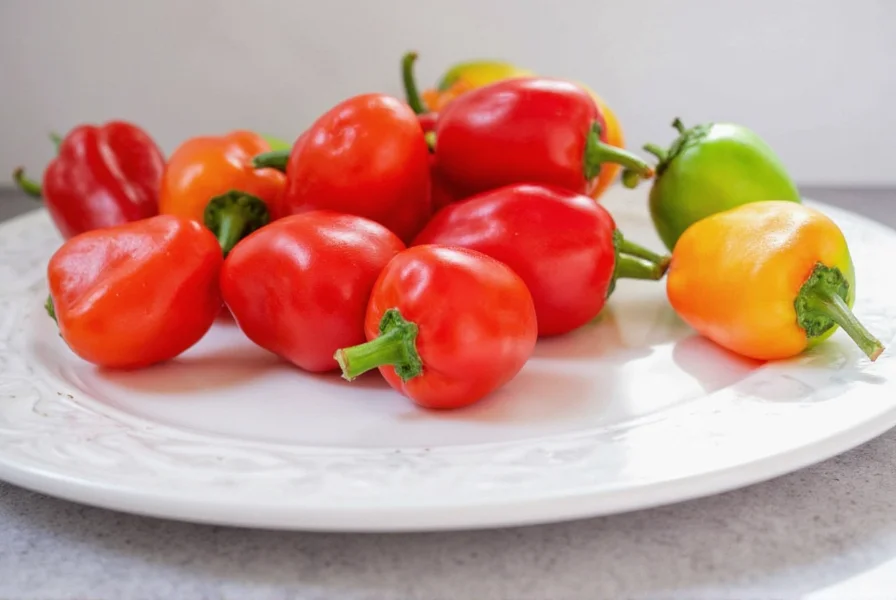
Cayenne Pepper
This dried, ground chili (30,000-50,000 SHU) adds deep smoky flavor to spice blends and hot sauces. Contains capsaicin for potential health benefits. Store in airtight container away from light. Use 1/4 teaspoon to replace fresh chilies in recipes.
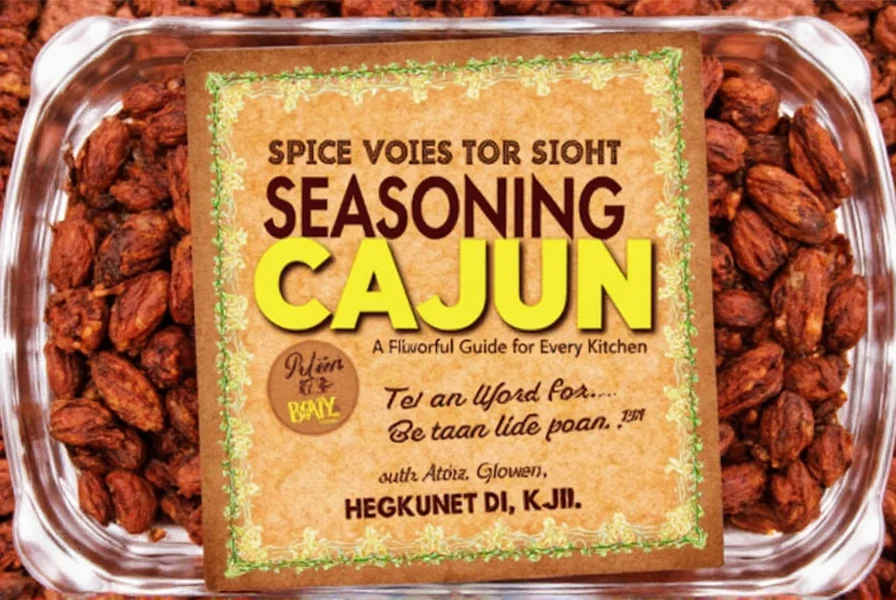
Serrano Peppers
Similar to jalapeños but hotter (10,000-23,000 SHU), with sharper flavor. Common in Mexican salsas and guacamole. Thinner walls than jalapeños, so they're better for fresh applications. Store in fridge for 1 week.

Ghost Pepper (Bhut Jolokia)
Former world's hottest pepper (855,000-1,041,427 SHU), with sharp fruity flavor. Used in extreme hot sauces and challenge foods. Handle with extreme caution - wear gloves and eye protection. Store dried in airtight container for up to 1 year.

Poblano Peppers
Large, dark green peppers (1,000-2,000 SHU) with rich earthy flavor. Perfect for chiles rellenos and mole sauce. When dried, they become ancho peppers. Store fresh in fridge for 1 week. Ideal for beginners due to mild heat.
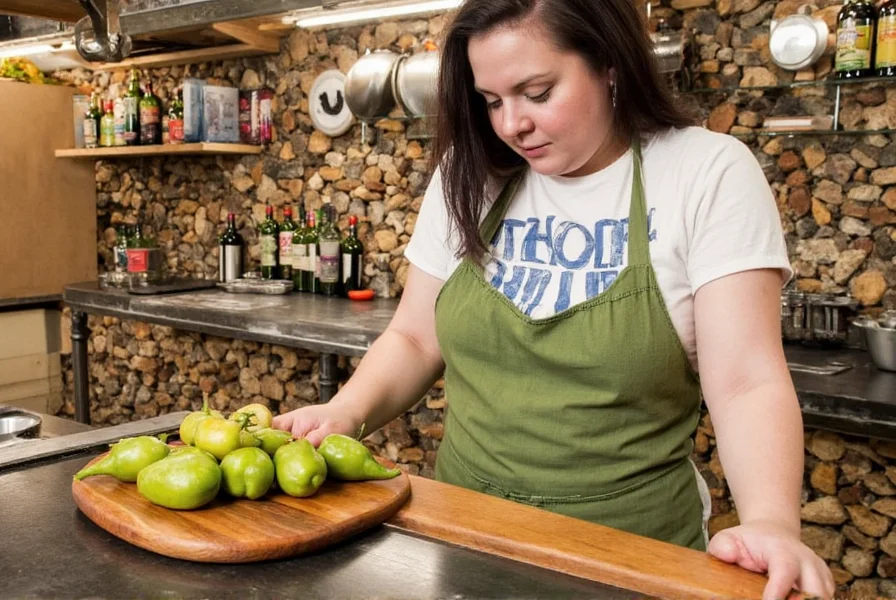
Anaheim Peppers
Mild Southwestern staple (500-2,500 SHU) with thick walls ideal for roasting. Common in stuffed peppers and enchiladas. Store in fridge for 1-2 weeks. Great for adding pepper flavor without overwhelming heat.
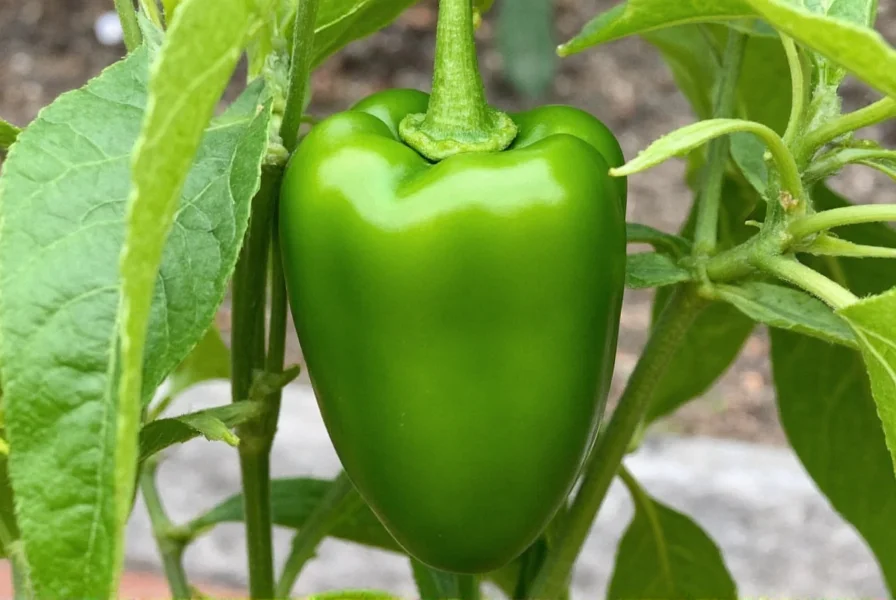
Chipotle Peppers
Smoked and dried jalapeños (2,500-8,000 SHU) with deep smoky flavor. Essential for barbecue sauces, stews, and adobo marinades. Store dried in airtight container. Rehydrate in warm water before use for best flavor.
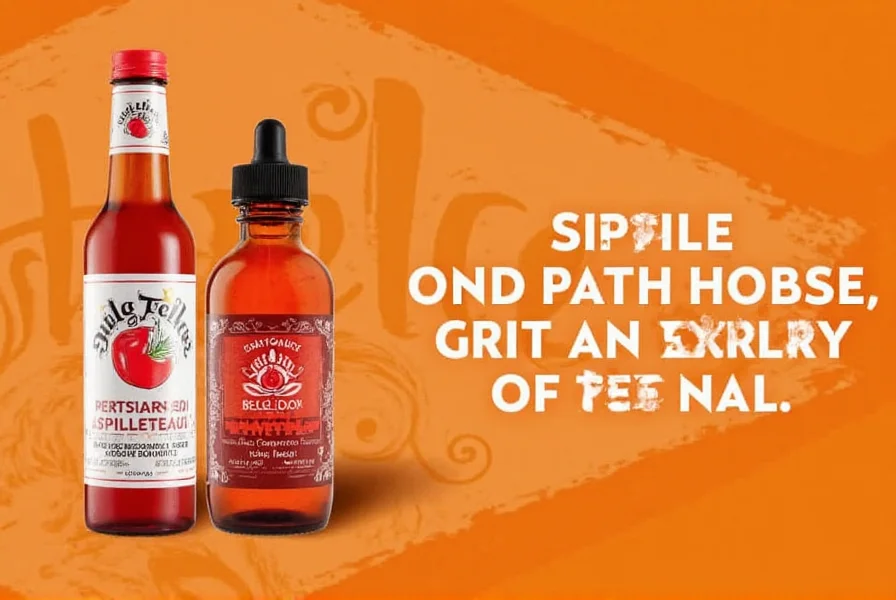
Thai Chili Peppers
Small, thin peppers (50,000-100,000 SHU) with bright tangy flavor. Common in Southeast Asian curries and stir-fries. Use whole or chopped fresh. Store in fridge for 1 week or freeze for longer use. Handle with gloves - they're hotter than they look!

| Pepper Kind | Best Time to Buy | Storage Tips | Use Cases |
|---|---|---|---|
| Bell Peppers | Summer to Fall | Store in fridge crisper drawer for 2-3 weeks | Salads, roasting, stuffing |
| Jalapeños | Summer | Store in fridge for up to 1 week | Salsas, tacos, pickling |
| Habaneros | Year-round (fresh), winter for dried | Store in fridge or freeze for long-term use | Hot sauces, Caribbean dishes |
| Cayenne Pepper | Year-round (dried) | Store in airtight container in cool, dark place | Spice blends, hot sauces, seasoning |
| Poblano Peppers | Summer | Store in fridge for up to 1 week | Chiles rellenos, mole sauce |
For pepper enthusiasts, these tools enhance your cooking experience:
- Pepper Grater: Grates fresh peppers for soups, stews, and dressings
- Pepper Mill: Grinds whole peppercorns for bold, aromatic flavor
- Spice Blends: Pre-made mixes like chipotle powder save time
- Pepper Storage Containers: Airtight containers prevent cross-contamination
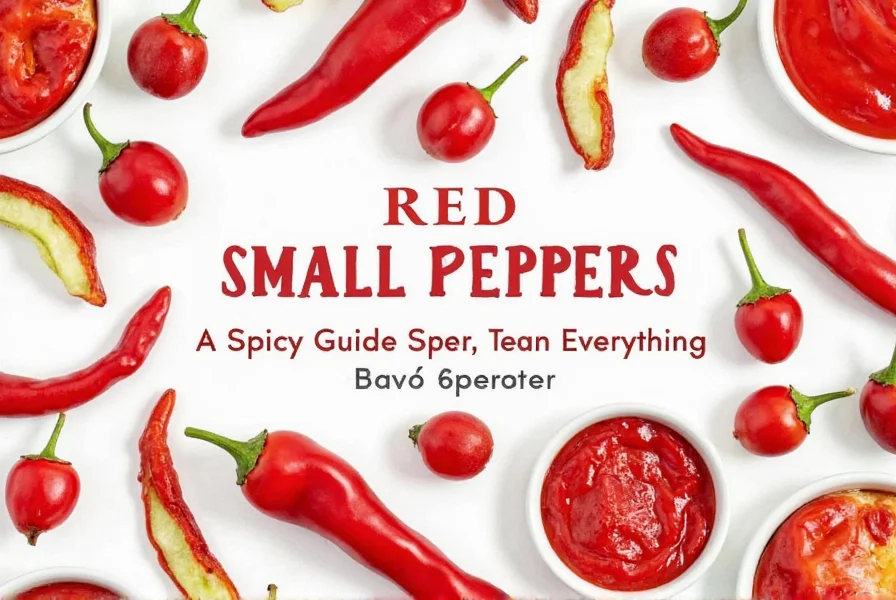
Practical Pepper Handling Tips
- Start Small: Begin with mild peppers like poblanos or bell peppers before trying hotter varieties
- Always Wear Gloves: Capsaicin transfers easily to skin and eyes
- Remove Seeds & Membranes: 80% of heat is concentrated here
- Pair with Dairy: Milk, yogurt, or cheese neutralizes heat
- Roast for Depth: Roasting peppers enhances flavor and reduces sharpness
- Use Acid: Lemon juice or vinegar balances spicy heat
Pepper FAQs
What are the most common peppers used in cooking?
The most common peppers include bell peppers (sweet, versatile), jalapeños (medium heat for salsas), serranos (hotter alternative), habaneros (very hot with citrus notes), poblanos (mild for stuffing), and cayenne (dried for spice blends). Each offers unique heat levels and flavors for different dishes.
How is pepper heat measured and what does the Scoville scale mean?
Pepper heat is measured using the Scoville scale, which rates capsaicin concentration. Bell peppers: 0-100 SHU, jalapeños: 2,500-8,000 SHU, habaneros: 100,000-350,000 SHU, ghost peppers: 855,000-1,041,427 SHU, Carolina Reaper: 1.6-2.2 million SHU. Higher numbers mean more heat.
Which pepper is currently the hottest in the world?
The Carolina Reaper holds the title with average 1.6 million SHU and specimens reaching 2.2 million SHU. It surpassed the ghost pepper in 2013. New super-hot varieties are constantly being developed, so this record may change.
How can I reduce the heat of a pepper when cooking?
Remove seeds and white membranes (where 80% of capsaicin concentrates). Add dairy products (milk, yogurt), sugar, or acidic ingredients (lemon juice, vinegar). Cooking peppers longer breaks down some capsaicin. For extreme heat, use less quantity or substitute with milder peppers.
What's the difference between fresh and dried peppers?
Fresh peppers have higher water content and brighter vegetal flavors. Dried peppers concentrate flavors and develop deeper, smokier notes (e.g., fresh jalapeños become chipotles when smoked and dried). Dried peppers have longer shelf life but require rehydration for some recipes.
How should I properly store different pepper kinds?
Fresh peppers: Store in refrigerator crisper drawer in perforated plastic bags (bell peppers: 2-3 weeks, jalapeños: 1-2 weeks). Freeze whole or sliced for up to 6 months. Dried peppers: Keep in airtight containers away from light and heat (6-12 months). Pickled peppers: Refrigerate for several months.
Are all peppers spicy, and what makes some peppers hot while others aren't?
No, bell peppers contain zero capsaicin. Heat comes from capsaicin concentration, which is genetically determined. Environmental factors like soil conditions and climate can affect heat levels in spicy varieties. Some peppers simply don't produce capsaicin at all.
What's the best pepper for someone new to spicy foods?
Start with poblano peppers (1,000-2,000 SHU) for mild, earthy flavor. Bell peppers (0 SHU) offer sweetness without heat. For gradual tolerance building, use small amounts of Anaheim peppers (500-2,500 SHU) or jalapeños with seeds removed. Always wear gloves when handling hot peppers.
Conclusion
Pepper varieties offer incredible diversity in flavor, heat, and culinary applications. From sweet bell peppers to the world's hottest Carolina Reaper, each type brings unique characteristics to your cooking. By understanding their heat levels, proper handling techniques, and storage methods, you can confidently experiment with new flavors and elevate your dishes.
Next time you're cooking, consider which pepper will best complement your recipe. Will it be the smoky chipotle for barbecue, the citrusy habanero for hot sauce, or the mild poblano for stuffed peppers? The possibilities are endless when you master these essential pepper kinds.
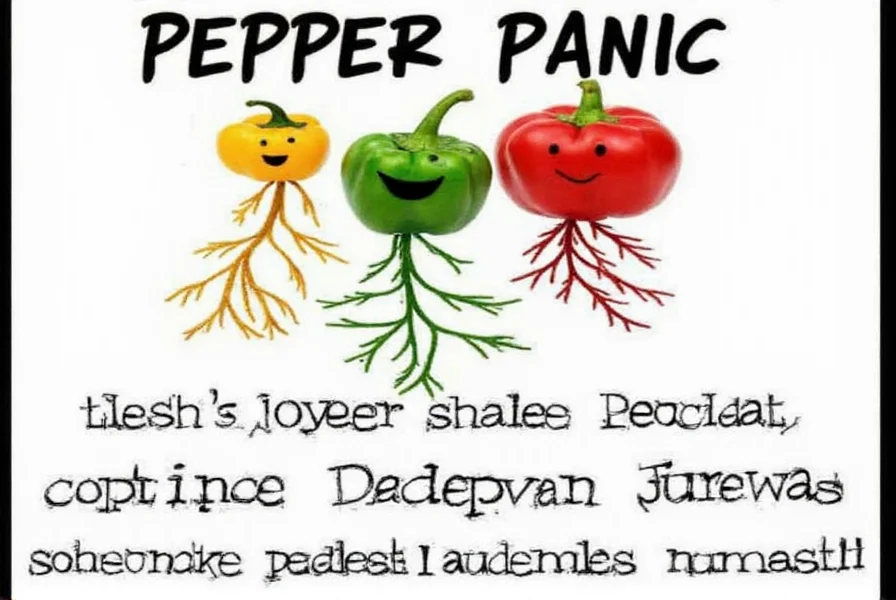

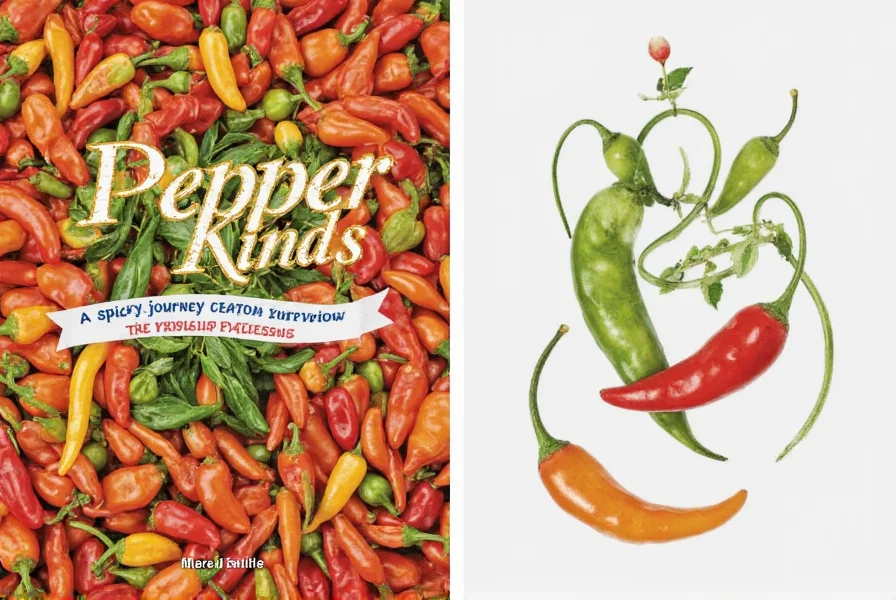









 浙公网安备
33010002000092号
浙公网安备
33010002000092号 浙B2-20120091-4
浙B2-20120091-4